Computer malfunctions can emanate due to various reasons. However, what could be the cause of WiFi disconnections for Windows 10?
Old laptops may have the issue of connection and disconnections arising from hardware failure. More problems could also arise from old or WiFi driver’s incompatibility and other advanced issues like errors in power set-ups or wrong configurations to the networks. Here is a resource to help you in figuring out solutions to the problem.
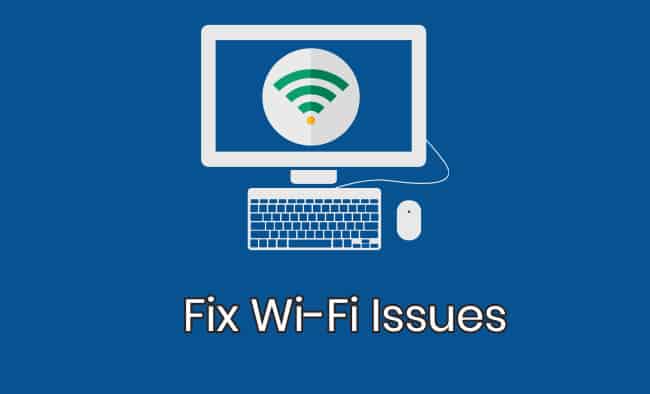
Is Your Windows 10 PC Disconnecting From WiFi?
Here’s a pro-tip: It’s wise to restart your routers, modems, and finally, the laptop. That helps you by wiping out any temporary mishaps that may cause the automatic disconnects.
![]()
Disable your antivirus software and other third party software installations. That’s to check and ensure they are not the ones blocking the connections.
Steps to Fix WiFi Keeps Disconnecting on Windows 10
- At the bottom, right of your Windows 10 Laptop/ PC screen (Extreme right side of the taskbar.).
- Click on it to display the list of networks that are accessible by your PC within that geographical area.
- Forget the network you are actively connected to- Right- Click on it and choose the forget option.
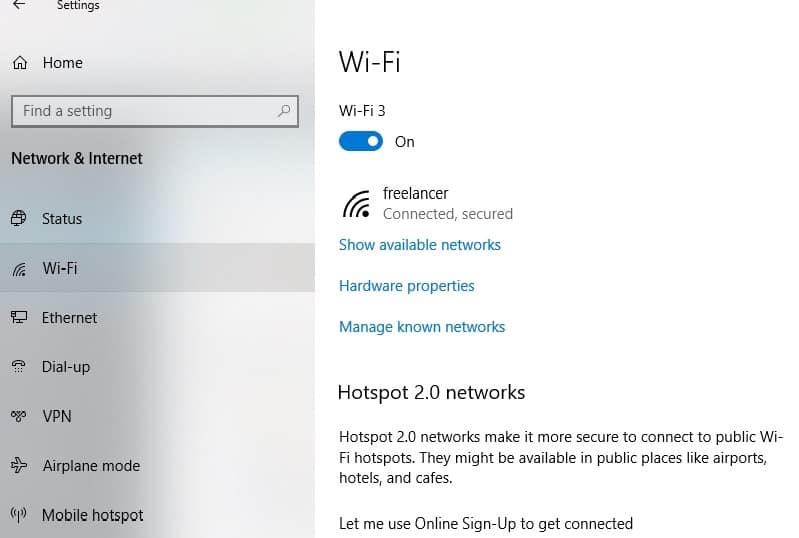
- Restart windows and launch the search to connect to the network (You have to provide the security key)
Launch and Run the Windows Network Troubleshooter
Windows has a feature that detects and automatically fixes minor network mishaps. It’s the automatic network troubleshooter, and here are the exact steps to resolve issues using it:
- Press on the Windows key + the I (That opens settings dialog box)
- Locate the icon on Network & Internet and click on it to proceed to the Network troubleshooter,
- The open window will request to diagnose and repair the problems spotted.
- Now lookup for the option to troubleshoot and select from the result, that comes first(Troubleshoot settings)
- Select the network adapter and click to launch the troubleshooter,
It will run and diagnose issues with the network/WiFi adapter, and also check on driver compatibility- in case they are the cause of the problems with network connectivity.
Finally, when the diagnosis procedures are over, reboot the PC and see if the issue with dropping WiFi connections is resolved or persists.
Check For Recent Driver Updates
On most occasions, WiFi drops in connectivity when the drivers’ for the WiFi adaptor are incompatible. If it happens to be the case, an update of the driver would be an instant solution to the problem with laptops dropping the WiFi connections.
Follow the following steps to check on the status of the drivers:
- Start by pressing on the Windows key + the R key. Type in the following string- devmgmt.msc and enter (The device manager window shows up.

- Follow that to expand the Network Adapter components.
- Spot and then right-click on WiFi driver and proceed to select the option to Update Driver Software.
- Next, choose to search automatically for updated driver software.
- Follow up on the instructions guiding on the screen. Tip- Check out updates for other adaptors for the networks and finally reboot your PC.
Reinstall Windows 10 WiFi Adapter Drivers
It’s also advisable to uninstall the Network Card device- that’s via the Device Manager. After the uninstallation, ensure to perform reinstallations with the most recent driver versions.
- Type into the windows run dialog box, the terms devmgmt.msc, to launch the Device Manager.
- Uninstall the WiFi adaptor drivers by expanding on the options (Right- Click on the WiFi adaptor).
- Choose OK to trigger installation.
- Reboot Windows and the uninstallation should have cleared the WiFi adapter driver.
On a subsequent start of Windows, automatically install the basic drivers on your PC. In case the drivers are missing, launch installations via the device manager by clicking on the action then searching for hardware changes.
One other way is updating the network adapter drivers manually. Locate the most recent ones by exploring the manufacturers’ websites and downloading them.
Tweaking of the Power options
Here’s another tip to work around PC’s dropping network connections abruptly. Just disable the Pc from turning off in a bid to save power.

Here are the steps:
Launch Run by pressing Windows key and R. When the Run dialog box is up, type in ncpa.cpl and enter. The Network connections window will open up.

- Simply locate the active WiFi Adapter and right-click on it to show the properties.
- From the WiFi Properties, look up for the option to configure.
- Next, see the Power Management option and uncheck it\\on it. Ensure that you’ve allowed the PC to effect the changes.
- Make Changes to the WIFI AutoConfig Service Startup Types
- Launch Windows Run by pressing on the Windows key plus the R key. When it’s up type in services.msc and press Return key. It’ll open the windows services console
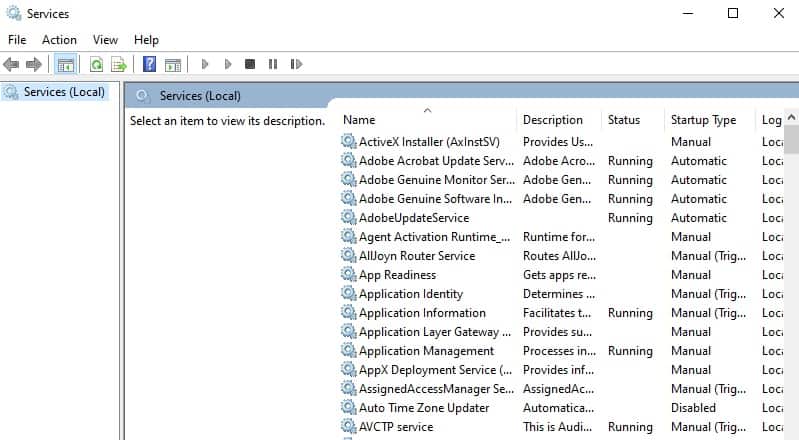
- Scrolling downwards to the WLAN AutoConfig options, right-click on it to get the properties.
- When the properties show, locate the Startup type and set it to automatic.
- Close down your Services window and proceed to reboot the PC for the changes to take effect.
After the restart, you’ll note that the PC won’t lose connection as in the previous cases with Windows 10.
Using the Google DNS
A good number of users have resolved the issue with network disconnections by switching to Google’s DNS.
Here’s the process: 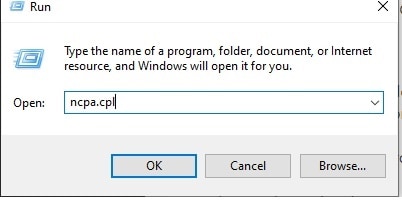
- Start by pressing on Windows key + R. Then, type in the command ncpa.cpl and press enter to launch the network connections dialog box.
- Go to the WiFi adaptor properties using the right-click and select on properties.
- Locate the option: Internet Protocol Version 4 (TCP/IPv4) and select it to view the properties.
- Next, choose the DNS server addresses as 8.8.8.8, and choose the alternate DNS server as 8.8.4.4. Be sure to click on the OK button to save those changes.
Resetting of the TCP/IP Configurations
In any case, if the above options do not work for resolving the problems with the dropping of WiFi Networks, a resetting of your IP or TCP settings( to defaults) could do the trick.
Run the command prompt (CMD) as an administrator. You’ll have to type in two commands and press enter after typing in each.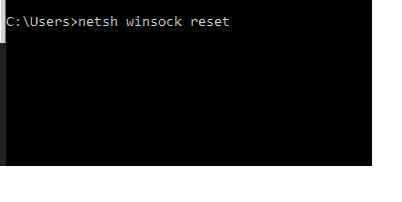
- Start with netsh winsock reset
- Follow that with netsh int ip reset c:\resetlog.txt
After you are done with both commands, exit the command prompt. Next, reboot your OSs to see if the issue has been resolved.
Attempt to Reset the Network
At an extreme point, the persistence of network dropping related to laptop WiFi disconnects, consider re-setting the entire network- that pushes everything back to the original state.
- Launch the computer settings window by pressing on Windows key + I key and Enter.
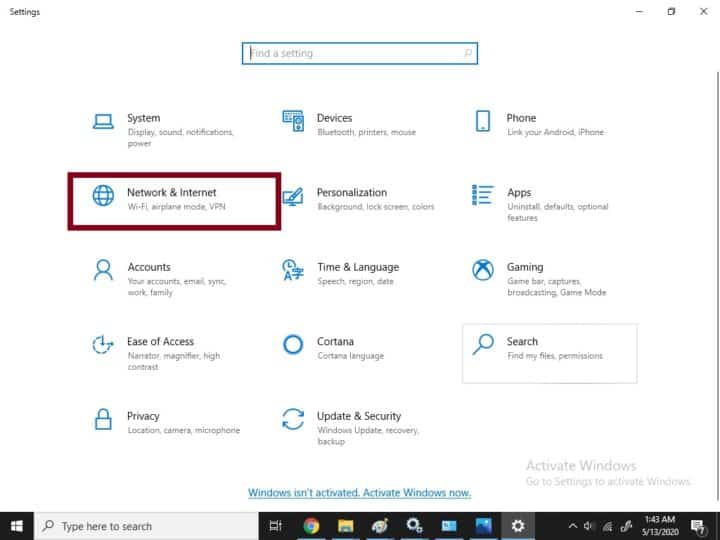
- Click on the icon on Network & Internet > Proceed to select the on Network Reset.
- Follow that by selecting on Reset Now, plus confirm the action again.
- That resets everything concerning the windows networking settings.
When it’s complete, the system restarts automatically, and you may proceed to the next step. You’ll need you to connect to WiFi by providing authentic passwords manually.
This option fixes many problems related to connectivity, and one among them is the case with disconnections.
Finally, in other advanced circles, WiFi disconnections may be triggered by system files that are corrupted. It’s recommended to run either the SFC or DISM commands to fix the issues and, consequently, phase-out WiFi disconnection issues.